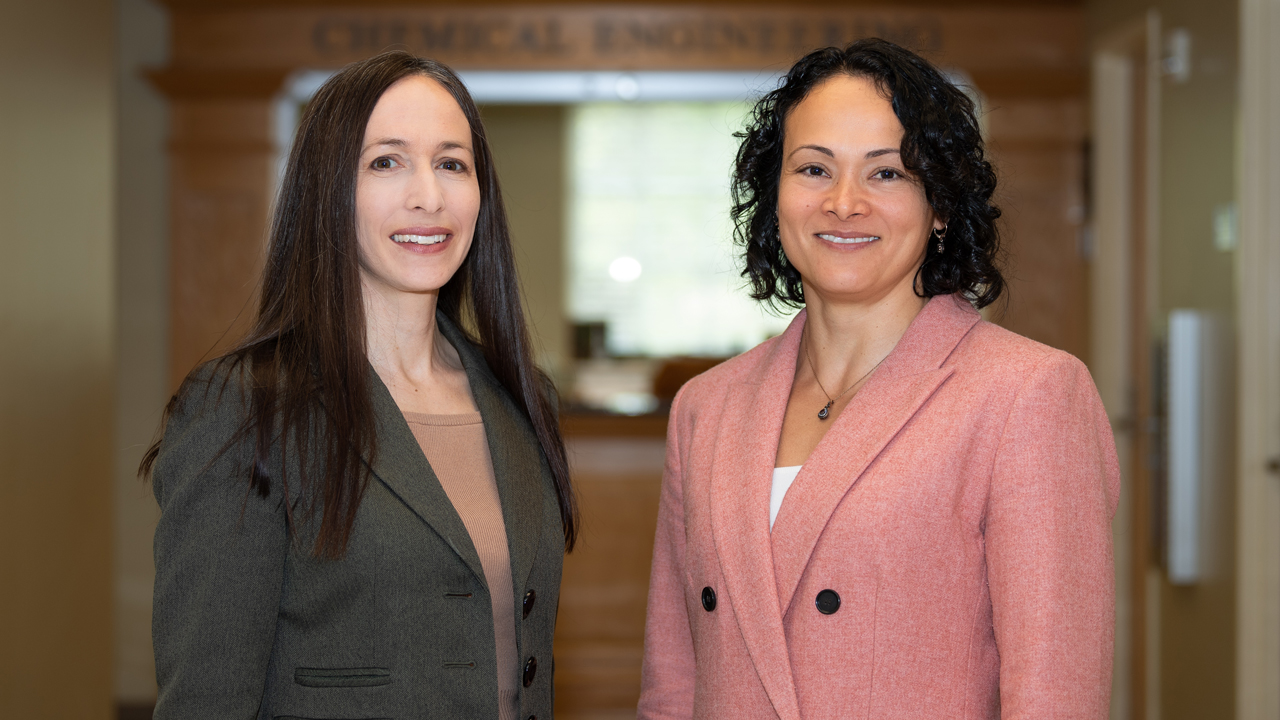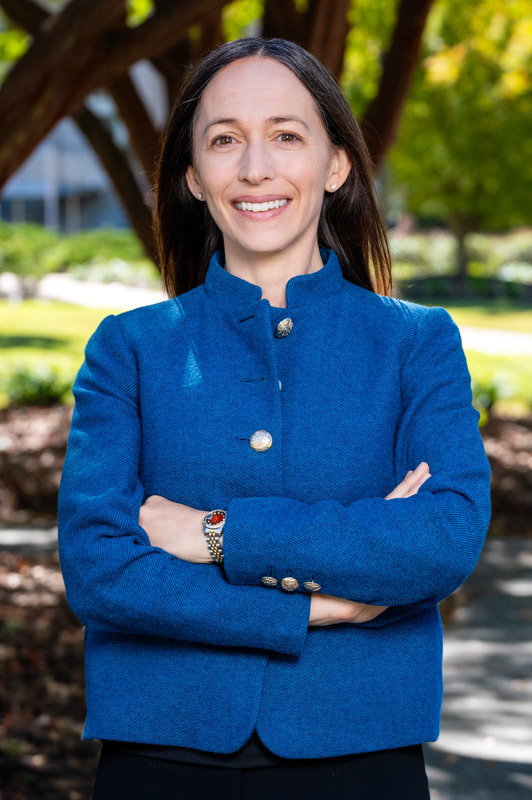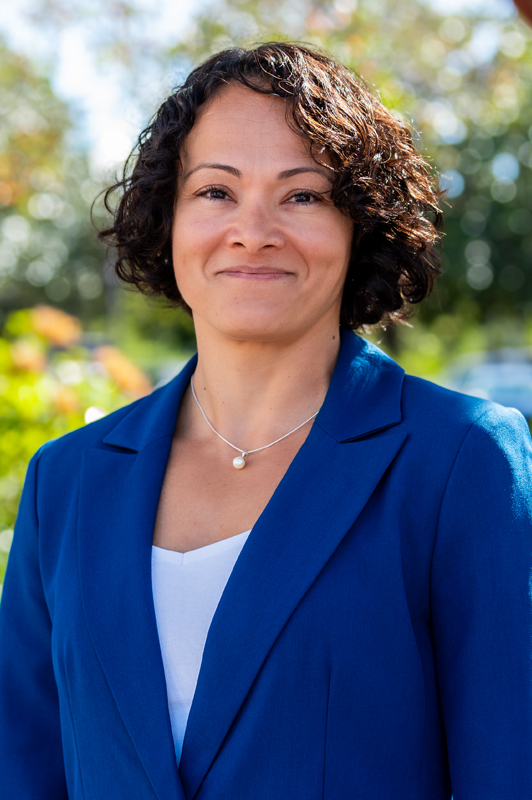Interdisciplinary heart tissue research earns $1.5 million NSF award
Published: Apr 20, 2022 4:00 PM
By Virginia Speirs
For Auburn professors Elizabeth Lipke, the Mary and John H. Sanders Professor of chemical engineering, and Selen Cremaschi, the B. Redd and Susan W. Redd Endowed Eminent Scholar Chair Professor of chemical engineering, cardiomyocyte research is at the heart of what they do.
The duo has brought together a multi-disciplinary, multi-institutional team to apply engineering and development biology knowledge and toolsets to advance heart cell production. The National Science Foundation recently awarded $1.5 million, of which $924,660 is directed to Auburn Engineering, for the project “RECODE: Directing and Controlling Cardiac Differentiation Through Cellular and Microenvironmental Manipulation and Application of Machine-Learning.” The project is a collaboration between three universities - Auburn University, Stanford University and Alabama State University.
The goal of the project is to improve the ability to produce heart cells, specifically heart cells called cardiomyocytes, which are the contracting heart cells that do the work of pumping blood throughout the body. Over one billion of these cells die during a heart attack and are unable to regenerate; being able to produce them efficiently is critical to understanding and repairing the heart.
“Unbeknownst to most people, there are over twenty unique types of cardiomyocytes in your heart, but the current state-of-the-art 2D methods for making these cells almost exclusively produce one of these types,” Lipke said. “So we’re working to better understand the developmental biology processes involved and leverage that knowledge to produce different types in 3D tissue engineered systems.”
It is a costly, multi-dimensional process to experiment, test and produce the cardiomyocytes, according to Cremaschi. Closely integrating modeling and computational studies with the experimental work uniquely positions this research team to determine the best conditions for scalable heart cell production in a faster and more efficient way.
“As you can imagine, each experiment takes a long time to actually go from stem cells all the way to the cardiomyocytes, or the heart cells,” Cremaschi said. “They are costly, both in terms of time as well as resources. So, it’s not possible to test all possible combinations of producing these heart cells. What we’re trying to do is combine experimental studies with modeling studies to be able to rapidly identify what are some of the best conditions for getting different types of heart cells produced.”
The specialization of each professor working on this project is indispensable to the overall research. Komal Vig, professor of biological sciences at Alabama State University, specializes in the nanomaterials necessary for drug delivery. Sean Wu, associate professor of medicine at Stanford University, is a cardiologist and specializes in cardiovascular developmental biology and cardiovascular disease modeling and regeneration.
“At Auburn we have expertise in data-driven model development and using computational models, which is Dr. Cremaschi’s expertise,” Lipke said. “My expertise is in tissue engineering and building 3D methodologies for producing cells in scalable systems.”
The need for this research is significant and immediate, which is why Lipke and Cremaschi have dedicated over five years to studying this work together, and even longer separately. Unfortunately, heart issues are the most common cause of death in the United States and, although numbers had been going down since 2000, in the past few years they have been gradually increasing again with numbers during 2020 exceeding those in 2002, according to Lipke.
Because of the immediate need, it is essential to have researchers that are willing to learn both the experimental and modeling terminology to be able to communicate, be willing to share their expertise and data, and be able to build meaningful models that actually help move the process forward, according to Cremaschi. There are also a lot of challenges in this field, but the reward is great, she said.
“It’s important to point out that this is a relatively diverse group of researchers,” Cremaschi said, and Lipke agreed. “Three of the four principal investigators are women, and our graduate students are also a diverse group of researchers. The diversity of the team is important for coming up with unique perspectives to be able to address such challenging problems.”
Media Contact: , cmontgomery@auburn.edu, 334.844.3668
Elizabeth Lipke and Selen Cremaschi



